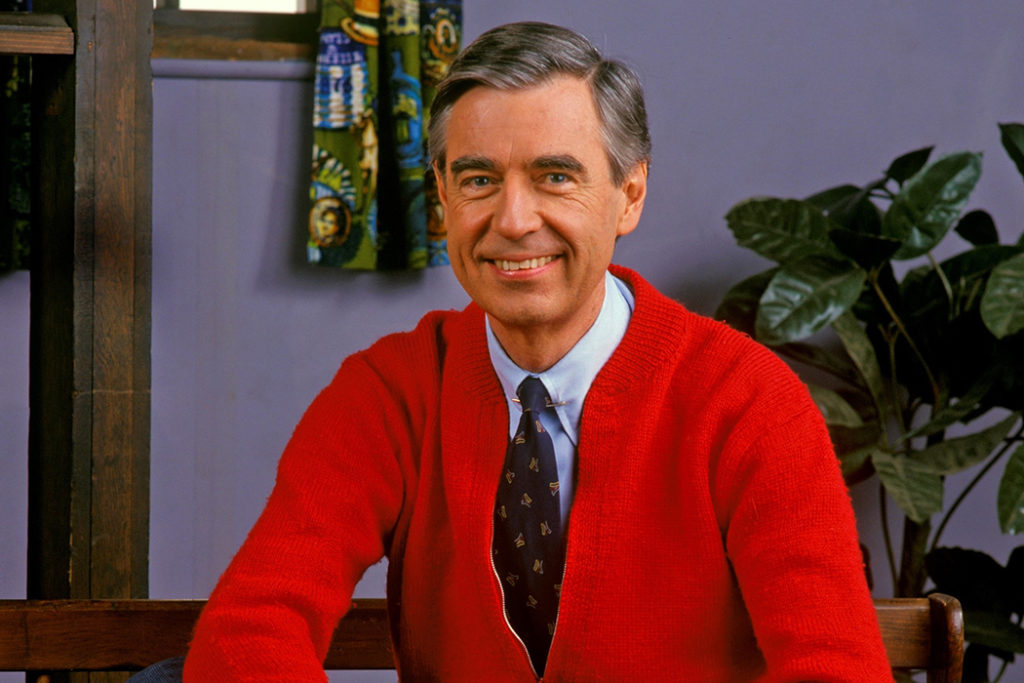
Long Live Mister Rogers Quiet Revolution
In 1969, when a second season of the popular year-old children’s TV show Mister Rogers’ Neighborhood was threatened by a funding pinch, children nationwide sent in rolls of pennies and single dollar bills totaling almost $4,000 to save the show. Among Fred Rogers’ tiny supporters was a 5-year-old Miami girl who told a Herald reporter that the humble, singing host in his trademark cardigan “teaches us things!” When asked what Rogers taught her specifically, she replied with characteristic preschooler candor, “I don’t know. But I love him!”
This tot’s bewildered devotion captures the long-running affection for Rogers and the show, which debuted to a national U.S. audience 50 years ago. But it also captures some of the contributions of—and controversies about—the show. Rogers, the former Presbyterian minister turned one-time NBC news assistant, was on the vanguard in promoting public television. He brought attention to the emotional lives of children and an imaginative vision of a country that looked more like his friendly neighborhood than the United States in 1968, a time marked by civil unrest and questions about what racial equality and civic responsibility looked like.
While Rogers became a fixture for generations of children and families, public television—and children’s programming on public television—were largely unknown quantities at the outset. Americans were buying more and more televisions, but public television was a new idea, with the Corporation for Public Broadcasting having just been created months before Mister Rogers’ Neighborhood premiered. Its flagship show, Sesame Street, would follow in 1969.